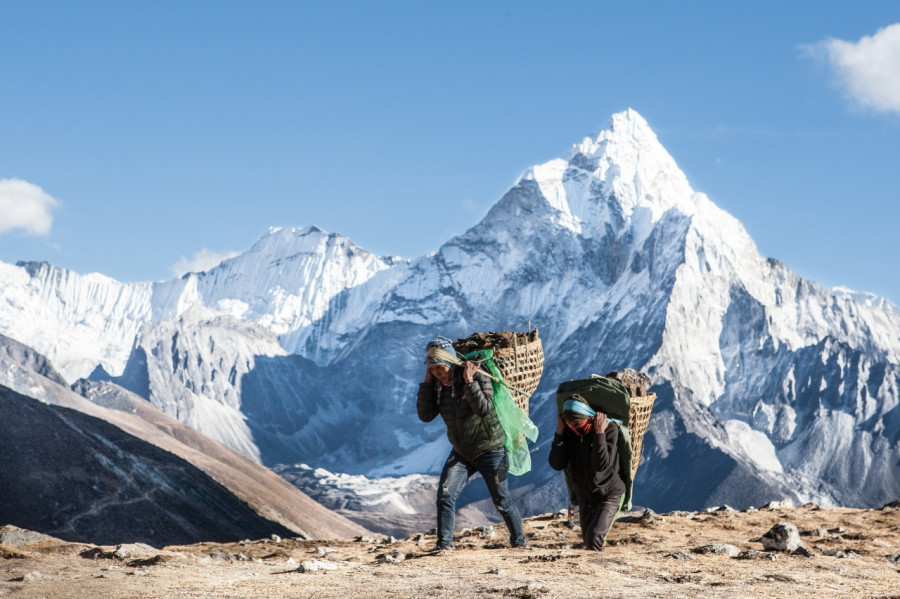Editorial
Reviving tourism
A recovery plan is now needed since how we travel, interact and eat have changed drastically.
If the Covid-19 pandemic has changed the meaning of work, it has certainly changed the meaning of leisure as well. As countries worldwide shut down offices, markets and factories and imposed travel restrictions, how we work and take time off from work changed drastically. For millions of people, the pandemic meant no work, no pay, and no leisure. As physical distancing became the norm, people's incomes depleted, and travel restrictions kept people at home for long durations, the tourism sector became the biggest casualty of the pandemic.
Tourist destinations worldwide are said to have recorded one billion fewer international arrivals in 2020 compared to 2019. Nepal hosted 230,085 foreign tourists in 2020, an 80 percent decline from 2019. The second wave of the pandemic beginning April this year played a spoilsport even as the tourism sector was trying to resuscitate. After months of a shutdown, the industry is finally showing some initial signs of a rebound as domestic tourists prepare to spend their holidays travelling. Now that the government has opened up international travel and relaxed mandatory quarantine for vaccinated tourists, we are on our way to a possible recovery phase.
At this juncture, we need to develop a short-term recovery plan for the pandemic era where how we travel, interact, touch, and eat have changed drastically. Today, caution and safety are the keywords in travel, and people increasingly like to spend time with themselves rather than throng crowded places. For instance, young people looking to hang out in Pokhara for a day are increasingly opting for Majhi Kuna by the Begnas over Lake Side by the Phewa. Not only does a quaint place like Majhi Kuna give a tourist a sense of safety and physical distance in the middle of a pandemic, but it also lets them spend quality time with themselves. If tourists are looking for quiet spaces rather than crowded ones, then the tourism industry should revamp itself quickly to cater to the changing mood of the tourists.
We also need to develop a long-term revitalisation plan for the post-pandemic era when work culture will arguably have changed for good. In the year and a half since the pandemic began, employers and employees worldwide have learnt that a regular weekday schedule is not the only way to run an office. As things appear today, the pandemic is here to stay for quite some time, and newer ways of looking at a post-pandemic work culture are certain to emerge in the days to come. And a new work culture will come accompanied by a rethinking of our leisure culture as well. As a result, for the tourism industry to remain relevant in the post-pandemic era, it will have to realign itself drastically with post-pandemic work and leisure culture.
The pandemic has also shown that domestic tourism is the way to go. Increasingly, tourism entrepreneurs have started to realise the need to woo domestic tourists basically for two reasons: The way Nepali domestic tourists splurge on food and luxury and their ability to take time off from their work schedule for short trips. Moreover, a growing concern for the environment among new-age tourists might mean that they take fewer trips and stay longer wherever they go. Therefore, the tourism industry should come up with plans to keep fewer tourists engaged for extended periods rather than serve as transit points for large hordes of transitory tourists who are out there to grab everything at once. Also, the government and the tourism sector should work together towards a solid recovery and revitalisation plan for tourism in Nepal.




 16.12°C Kathmandu
16.12°C Kathmandu














